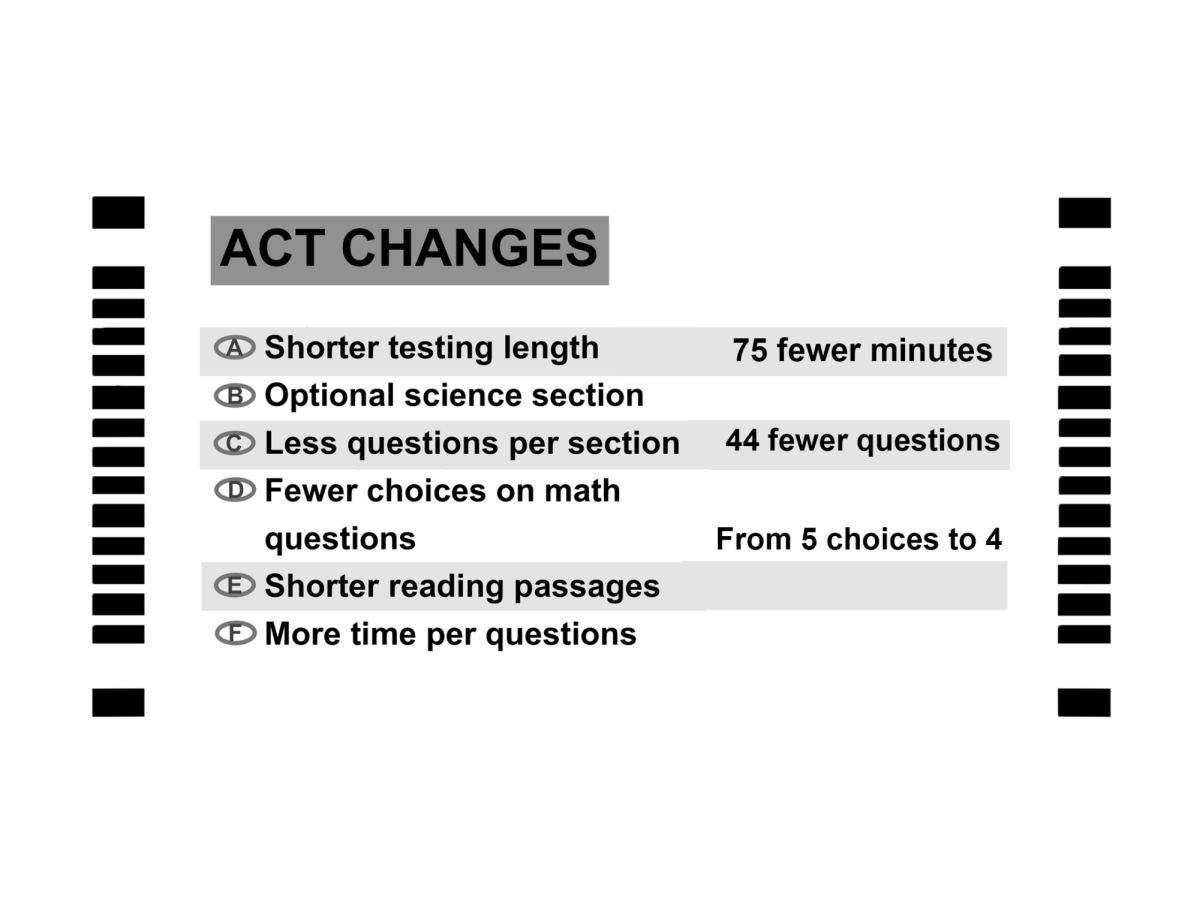The Department of Defense was originally founded as the Department of War in 1789, but was subsequently renamed the Department of Defense in 1949. On Sept. 5, President Donald Trump signed an executive order to revert the name of the department back to the “Department of War.”
This is an executive order, meaning the name is not legally changed, but has been heavily enforced as the secondary name. Trump is beginning to push Congress, which is majority Republican, to take steps to change the name permanently. This is another one of Trump’s many efforts to either restore altered names or rename them to fit his “American Greatness” restoration agenda better. Trump’s initial stated reasoning behind the renaming was “it just sounded to me better.” Regardless, Trump’s renaming of the Department of Defense to the Department of War does not align with its intended purpose or the promises he made for this presidency.
The Department of Defense’s mission is to protect the U.S. and provide military aid to deter war. The department’s goals for 2015 to 2018, which intersected with Trump’s first presidency, include defeating any threats to the nation, defending the nation and preventing war. Trump claims the name of the Department of War represents the former American triumph in war. This makes sense considering America was on the winning side for both World Wars before the change to the Department of Defense.
The specific name change to “Department of Defense” the department had in 1949, however, was to unify the military branches. Unifying does not diminish the military power of the U.S., which has remained the world’s military superpower since the original name change. Renaming the Department of Defense to its original name indicates a desire for a fragmented military and weaker American defense. This directly opposes Trump’s belief that the name change will restore America’s former military glory.
During his campaign, Trump appealed to voters with his promises to end two major wars: the War in Gaza and the War in Ukraine. Not only did he fail to uphold those promises, but he also later stated, after the election, that he wanted the U.S. to be more “offensive.” Based on these unfulfilled promises, it is explicit that Trump’s depictions of himself as a peacekeeper are false. His actions reflect a president hoping to achieve victory in aggressive, international war, rather than achieve victory in American defense.
Another promise Trump made during his campaign was to reduce costs in the government and lower taxes. He briefly worked with Elon Musk’s Department of Government Efficiency to achieve this goal, but ultimately failed. Renaming nine army bases was estimated in 2023 to cost Americans $39 million in taxes. Given this, it is reasonable to believe that renaming the largest department in the U.S. will cost much more for taxpayers. While Trump promised to make the government more efficient by lowering costs, he is unnecessarily trying to permanently rename a department. This could prove costly and again break a promise he made to voters for his goals this presidency.
This presidency, Trump promised to end wars and lower government costs and taxes. Renaming the Department of Defense to be more “offensive” goes completely against this. Trump’s renaming of the department just adds to his already unsuccessful attempt at keeping these promises. Some may believe changing a department name is an insignificant problem compared to what else is happening in our country right now. Not only that, but defense means to drive away danger, while war means a hostile conflict between nations. Titling a department with that drastic name change tells the world what we want our armed forces to fight for. Most importantly, the title of the Department of War pushes a violent agenda for the U.S. military, which goes against why it was renamed initially. There is a reason behind every new name, which is almost always rooted in the better representation of modern America. Restoring old names does not revive past American greatness; it regresses our country.















